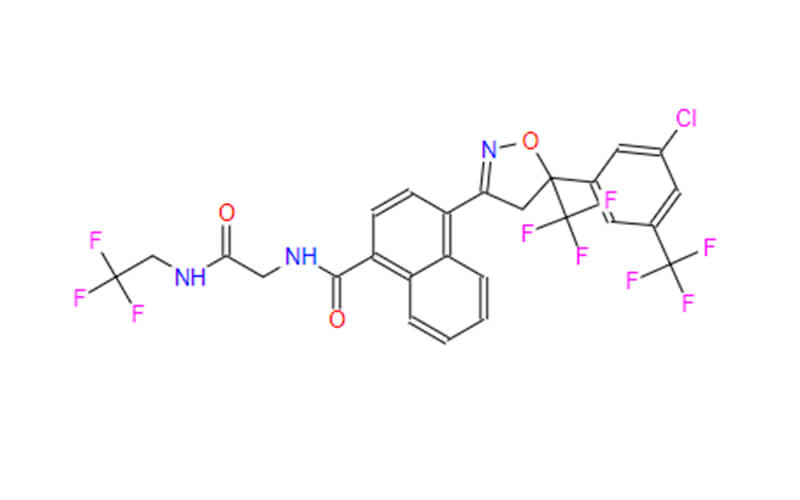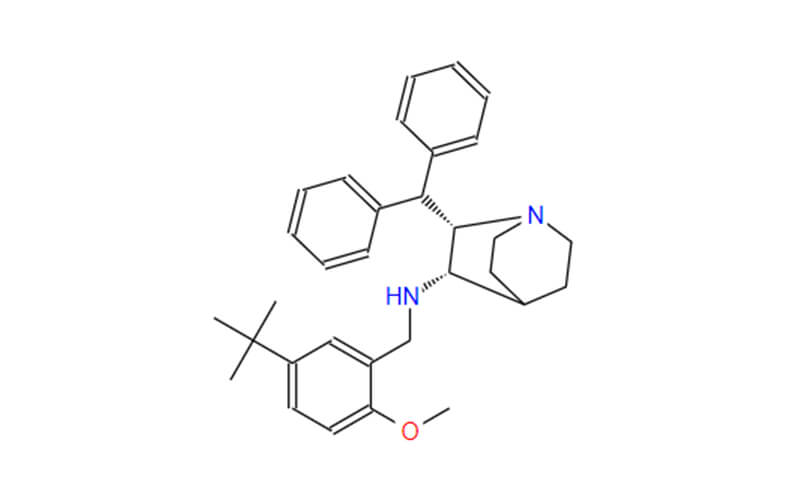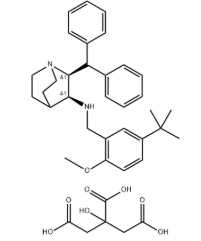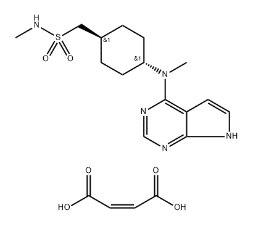Firocoxib for Dogs and Cats with Liver or Kidney Disease: Safety and Onset of Action
Firocoxib is a medication that has gained popularity in veterinary medicine for its effectiveness in managing pain and inflammation in dogs and cats. However, when it comes to pets with liver or kidney disease, questions arise regarding its safety and potential risks. In this article, we will delve into what Firocoxib is, its uses, and the crucial considerations for pets with liver or kidney conditions.
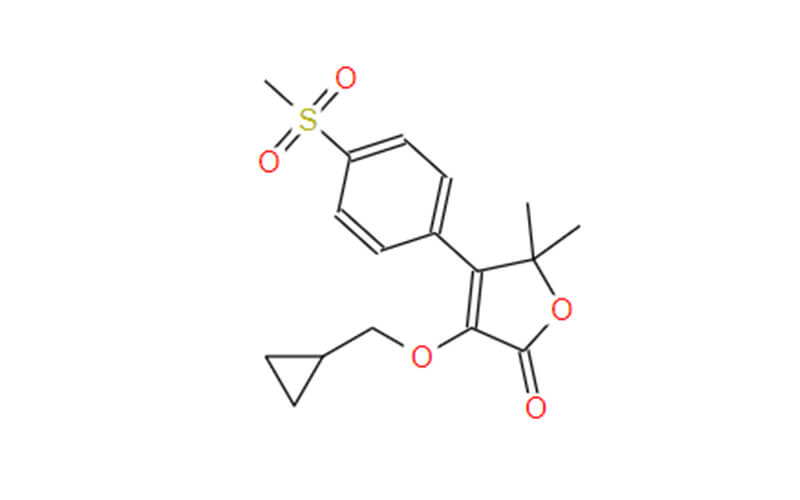
What is Firocoxib?
Firocoxib is a nonsteroidal anti-inflammatory drug (NSAID) that is commonly used to treat pain and inflammation in dogs and cats. It is a prescription medication that is available in chewable tablets and oral suspension. Firocoxib is a cyclooxygenase-2 (COX-2) inhibitor, which means that it works by blocking the production of COX-2, an enzyme that plays a role in the production of prostaglandins, which are chemicals that mediate pain and inflammation.
What is Firocoxib Used for?
Firocoxib is used to treat a variety of pain and inflammatory conditions in dogs and cats, including:
- Osteoarthritis
- Hip dysplasia
- Elbow dysplasia
- Pain and inflammation associated with surgery
- Pain and inflammation associated with dental disease
- Acute pain and inflammation due to injury
Risks and Benefits of Using Firocoxib in Dogs and Cats with Liver or Kidney Disease
Firocoxib is a medication that is metabolized by the liver and excreted by the kidneys. This means that dogs and cats with liver or kidney disease may be at increased risk of side effects from firocoxib.
The most common side effects of firocoxib are gastrointestinal upset, such as vomiting and diarrhea. Other potential side effects include liver toxicity, kidney toxicity, and bleeding disorders.
The benefits of using firocoxib in dogs and cats with liver or kidney disease must be weighed against the potential risks. In some cases, the benefits of pain relief may outweigh the risks of side effects. However, it is important to work with your veterinarian to determine if firocoxib is safe for your pet, especially if they have liver or kidney disease.
Safety of Firocoxib in Dogs and Cats with Liver or Kidney Disease
There is limited research on the safety of firocoxib in dogs and cats with liver or kidney disease. Some studies have shown that firocoxib is safe and effective for treating pain and inflammation in dogs and cats with mild liver or kidney disease. However, other studies have shown that firocoxib can increase the risk of liver or kidney toxicity in dogs and cats with moderate to severe liver or kidney disease.
More research is needed to determine the safety of firocoxib in dogs and cats with liver or kidney disease. If you are considering using firocoxib for your pet with liver or kidney disease, it is important to talk to your veterinarian about the risks and benefits.
Determining if Firocoxib is Safe for Your Pet
If you are considering using Firocoxib to treat your pet’s pain and inflammation, it is important to work with your veterinarian to determine if it is safe for them. Your veterinarian will consider your pet’s overall health, including any underlying medical conditions, when making this decision.
If your veterinarian decides that Firocoxib is safe for your pet, they will prescribe it at the appropriate dose. It is important to give Firocoxib to your pet as prescribed, even if they do not seem to be in pain right away.

How Long Does Firocoxib Take to Work?
Firocoxib typically takes 1-2 hours to start working in dogs and cats. However, the full effects may not be seen for 24-48 hours. This is because Firocoxib needs to be absorbed into the bloodstream and reach its target tissues before it can start to work.
Several factors can affect how long it takes Firocoxib to work, including:
- The dose of Firocoxib
- The animal’s weight and body condition
- The presence of food in the animal’s stomach
- The animal’s metabolism
- The severity of the pain and inflammation
In general, higher doses of Firocoxib will start working more quickly than lower doses. Animals that are heavier or have a higher metabolism will also tend to absorb Firocoxib more quickly. Animals that have eaten a meal just before taking Firocoxib may take longer for the medication to absorb.
If your pet is in severe pain or inflammation, it may take longer for Firocoxib to start working. It is important to be patient and allow the medication time to take effect. If your pet is not showing any improvement in their pain and inflammation after 24-48 hours of taking Firocoxib, it is important to contact your veterinarian. They may need to adjust the dose or prescribe a different medication.

Conclusion
Firocoxib is a safe and effective medication for treating pain and inflammation in most dogs and cats. However, it is important to be aware of the potential risks and benefits of using it in dogs and cats with liver or kidney disease.
If you are considering using Firocoxib to treat your pet’s pain and inflammation, it is important to work with your veterinarian to determine if it is safe for them. When making this decision, your veterinarian will consider your pet’s overall health, including any underlying medical conditions. It is also important to choose a reliable Firocoxib supplier when considering purchasing this kind of medicine. Qingmu can be the first choice of you.

